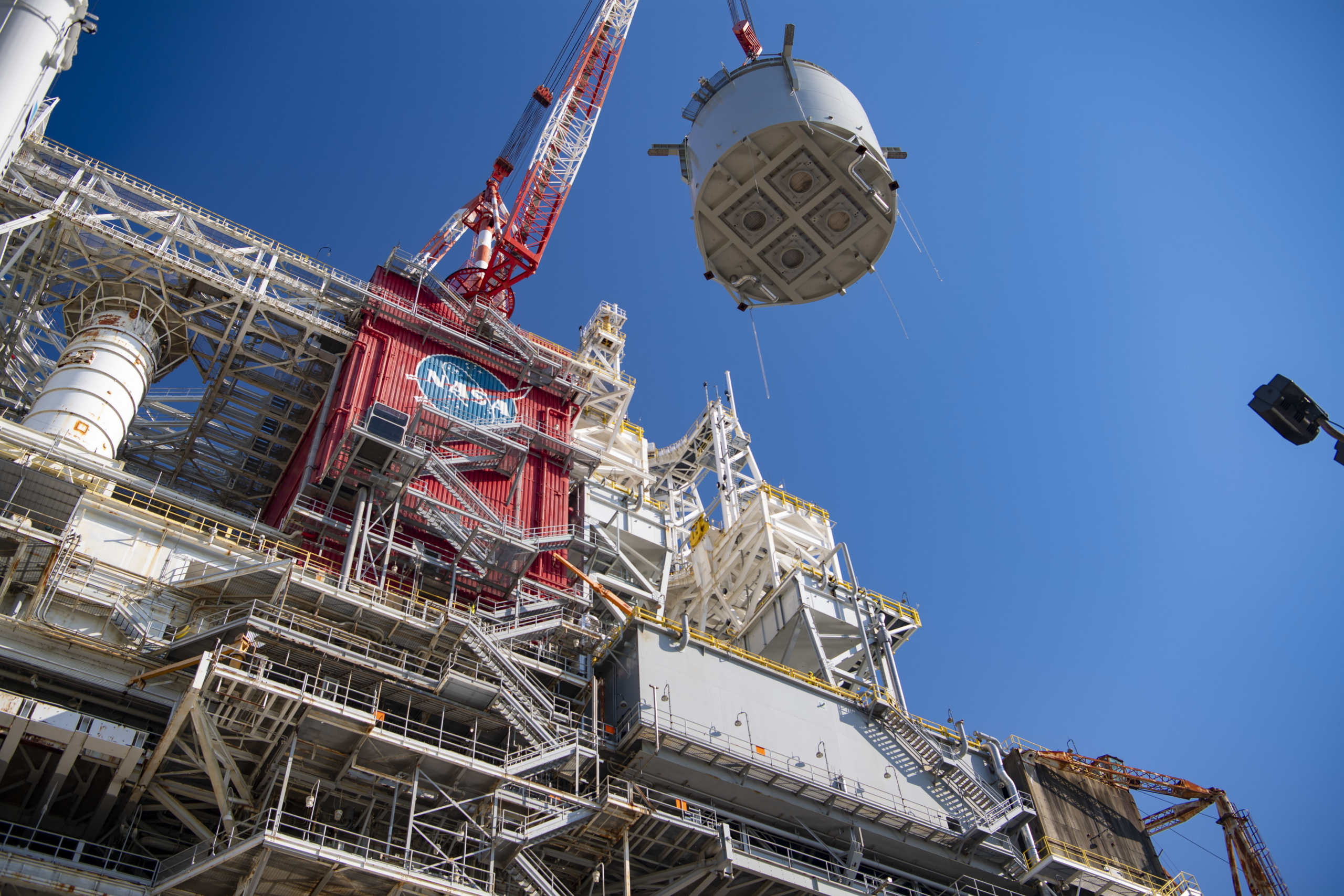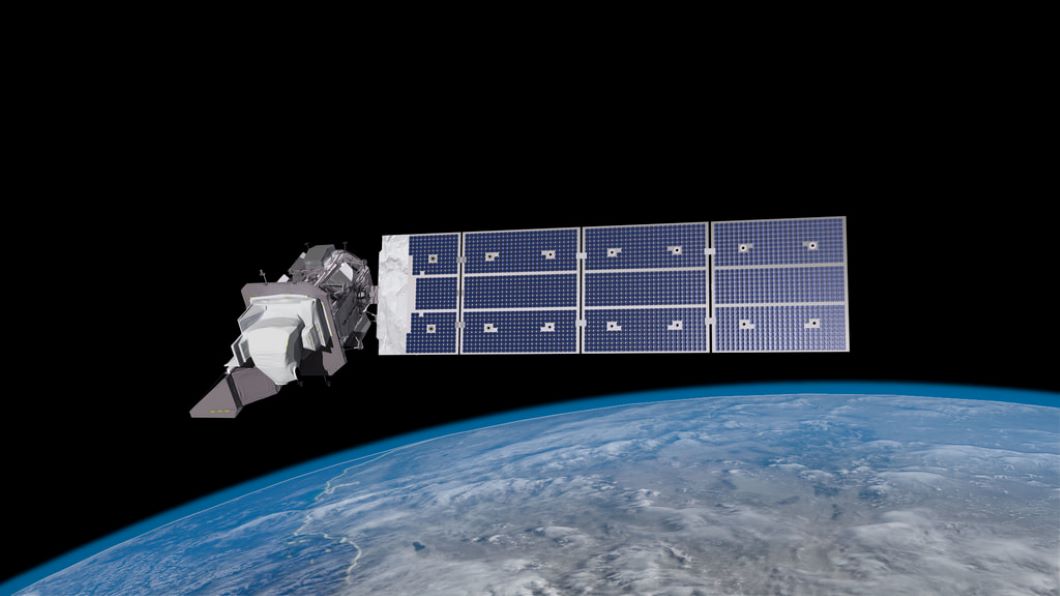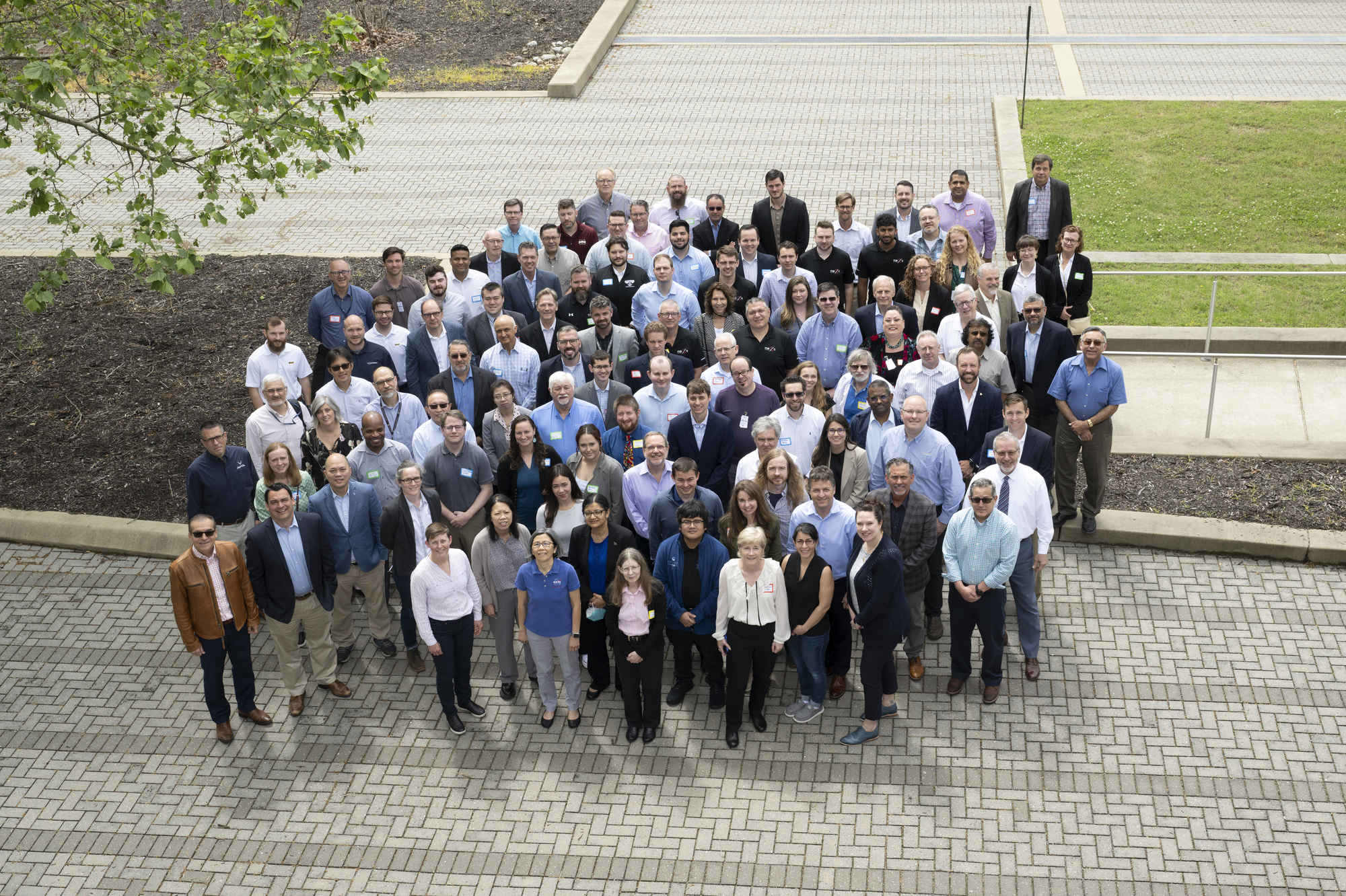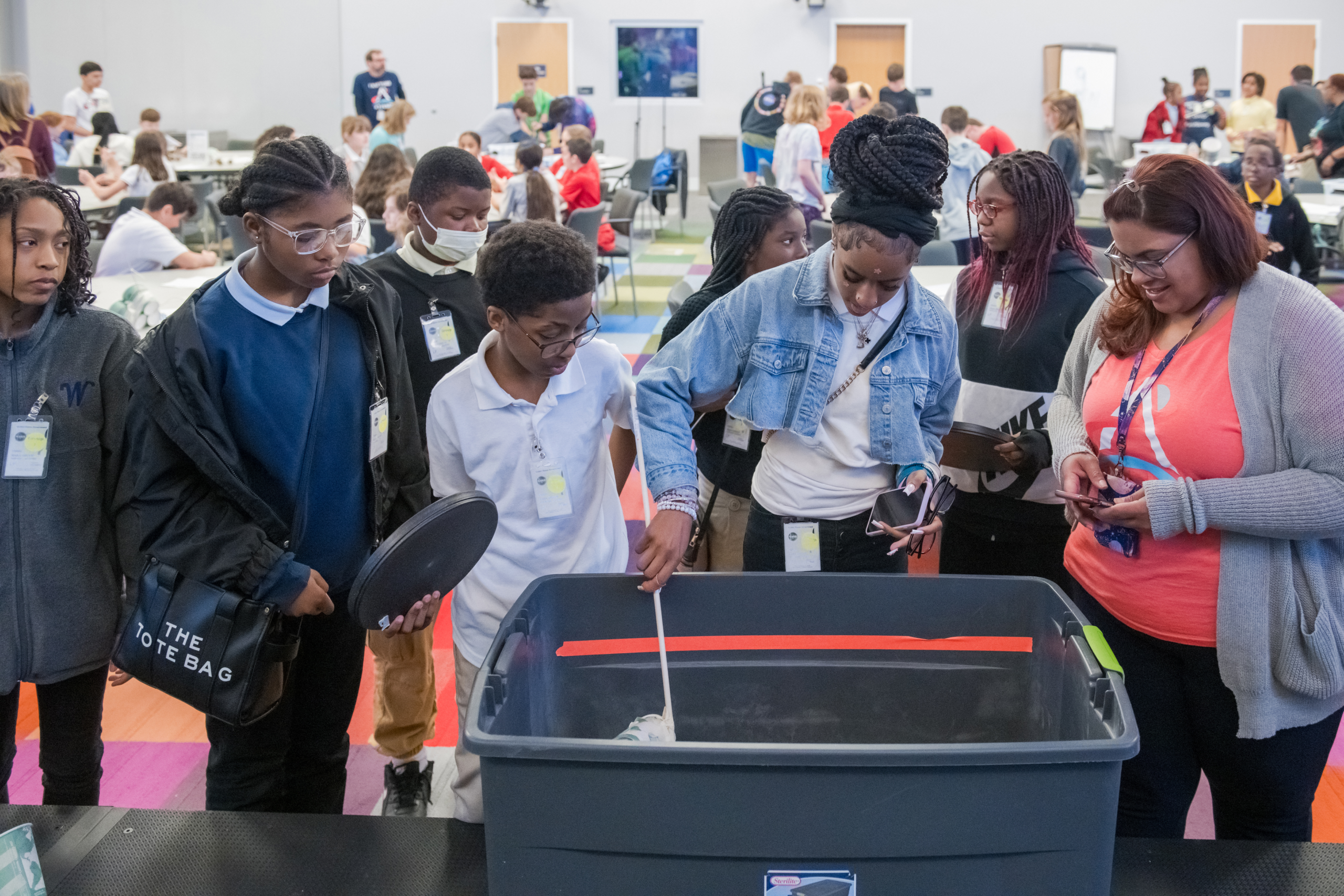Explore Lagniappe for November 2024 featuring:
- NASA Stennis Takes Key Step in Expanding its Range Operations Work
- NASA Stennis Plants Artemis Moon Tree
- NASA Employees Complete Agency Leadership Program
The month of October is known for becoming cooler in these parts, and there sure were plenty of recent cool moments for NASA Stennis that set the tone for the future.
Last month, the center marked a milestone for testing a new SLS (Space Launch System) rocket stage to fly on future Artemis missions to the Moon and beyond.
Crews safely lifted and installed the interstage simulator component that will be used for future testing of NASA’s exploration upper stage on the B-2 side of the Thad Cochran Test Stand.
Why does this matter?
When the new upper stage is ready to fly following testing at NASA Stennis, it will allow NASA to send astronauts and larger payloads to the Moon on a single mission.
It is expected to fly on Artemis IV when astronauts will live and work in humanity’s first lunar space station, Gateway.
How exciting! This mission will make possible new opportunities for science and preparation for human missions to Mars.
The massive interstage simulator component lifted and installed at NASA Stennis is 103 tons, or 206,000 pounds. When you learn about the exploration upper stage, and how it functions, it makes sense. The upper stage is powered by four engines and provides more than 97,000 pounds of thrust.
Speaking of missions to the Moon, have you ever asked yourself why are we returning to the Moon?
A few goals NASA has set for Artemis missions include: preparing for future exploration missions deeper into space – including Mars – by developing and proving new technologies and capabilities, while learning how to live and operate on the lunar surface; finding and using water and other critical resources needed for long-term exploration; and investigating the Moon’s mysteries to learn more about Earth and the universe for the benefit of all.
These long-term plans build on more than 50 years of NASA’s experience and are reigniting everyone’s passion for discovery.
I believe it because the grandgators have been talking NASA nonstop lately.
All of this culminates with inspiring the Artemis Generation and encouraging young people to pursue studies and careers in science, technology, engineering, and mathematics.
Throughout the month of October, NASA Stennis representatives have been doing just that, sharing the cool ways NASA explores, innovates, and inspires all of humanity and the Artemis Generation.
Such stops have included Congressman Bennie Thompson’s College and Career Fair in Greenville, Mississippi, located in the Yazoo-Mississippi Delta area, bordering the state of Arkansas; Cruisin’ the Coast, where car enthusiasts from over 37 states and Canada drive to the Mississippi Gulf Coast annually; and various college and career fairs throughout Pearl River County and Hancock County, areas where many NASA Stennis employees live.
October indeed was a cool month, and November has started off that way, too. NASA Stennis representatives participated in the NAS Pensacola Blue Angels Homecoming Air Show Nov. 1-2, one of Pensacola’s largest events with more than 150,000 in attendance.
It marked just the fifth time in history that the U.S. Air Force Thunderbirds and U.S. Navy Blue Angels have flown together. This event also celebrated the 55th anniversary of NASA’s lunar landing.
Pretty cool, huh?
NASA’s Stennis Space Center near Bay St. Louis, Mississippi, achieved a key milestone this week for testing a new SLS (Space Launch System) rocket stage to fly on future Artemis missions to the Moon and beyond.
NASA’s Stennis Space Center near Bay St. Louis, Mississippi, has entered into an agreement with Skydweller Aero Inc. for the company to operate its solar-powered autonomous aircraft in the site’s restricted airspace, a key step towards achieving a strategic center goal.
Every task at NASA’s Stennis Space Center near Bay St. Louis, Mississippi, is not simply work for Tessa Keating – it is a meaningful step toward a part of something great.
Lagniappe is published monthly by the Office of Communications at NASA’s Stennis Space Center. The NASA Stennis office may be contacted by at 228-688-3333 (phone); ssc-office-of-communications@mail.nasa.gov (email); or NASA OFFICE OF COMMUNICATIONS, Attn: LAGNIAPPE, Mail code IA00, Building 1111 Room 173, Stennis Space Center, MS 39529 (mail).
The Lagniappe staff includes: Managing Editor Lacy Thompson, Editor Bo Black, and photographer Danny Nowlin.
To subscribe to the monthly publication, please email the following to ssc-office-of-communications@mail.nasa.gov – name, location (city/state), email address.



